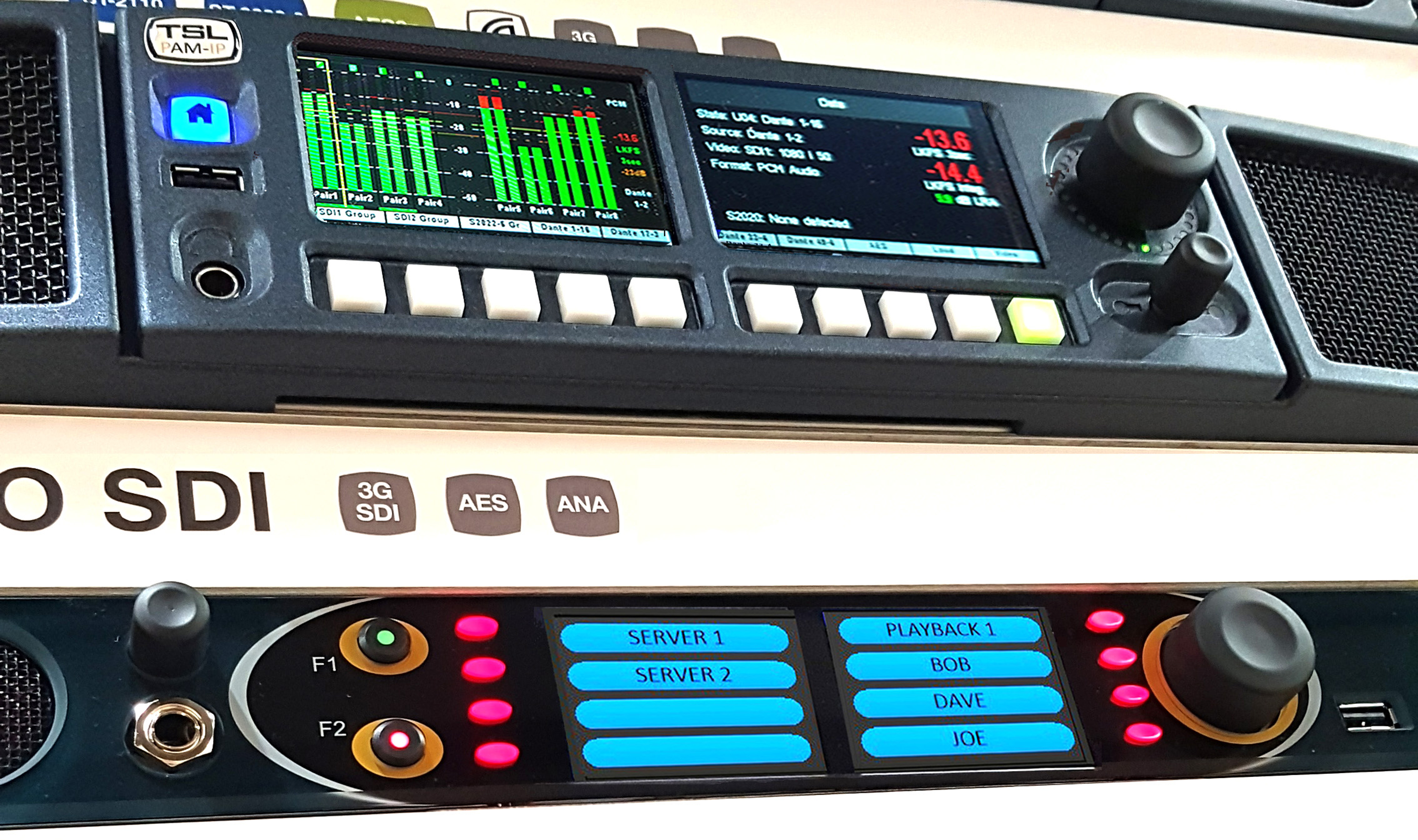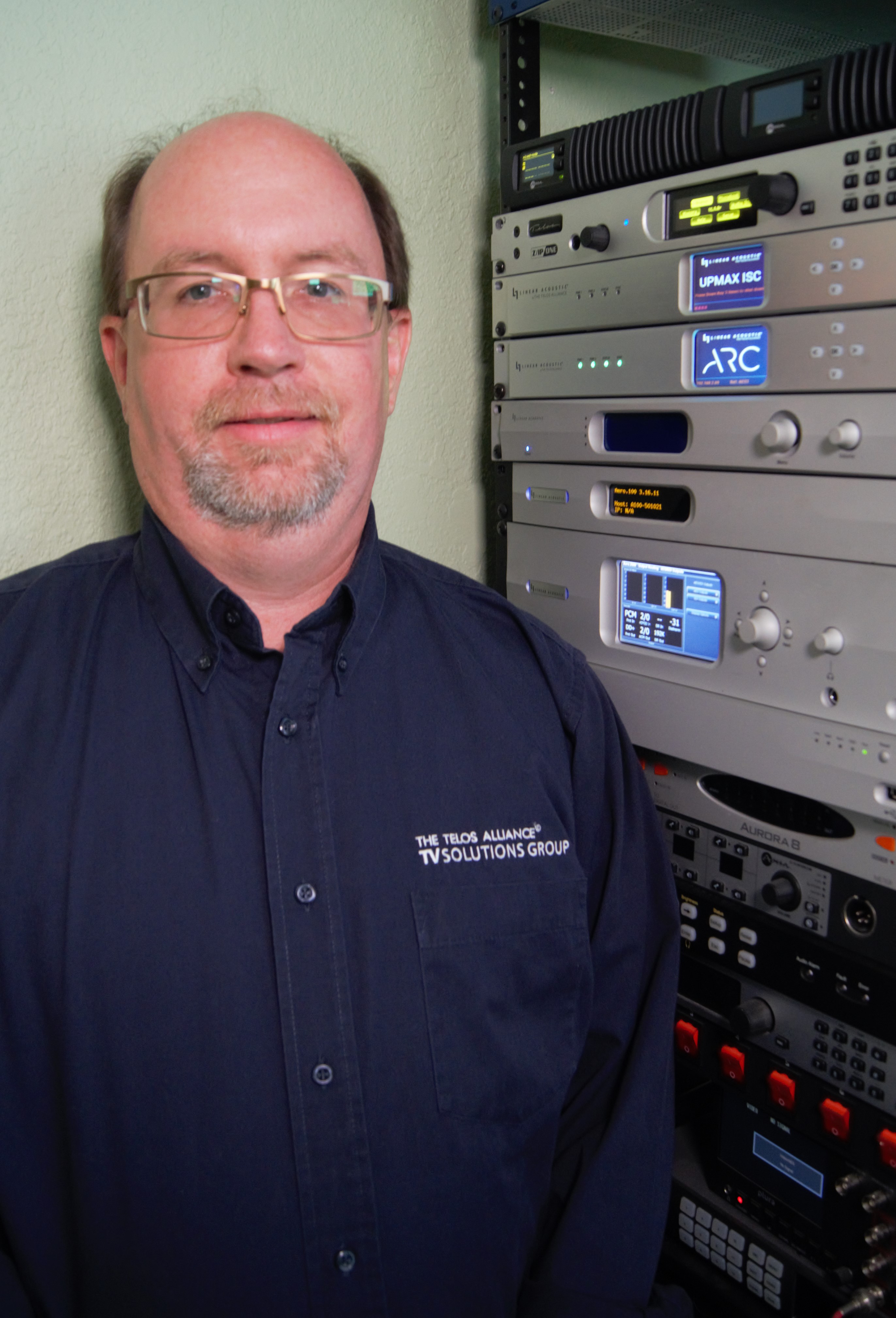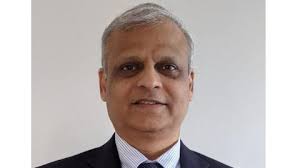Audio Monitoring: Adapting Quickly to Changing Tech
Vendors respond to advances in immersive and cloud technologies

LOS ANGELES—The adoption of software-based platforms over recent years has ushered in a new era for audio monitoring device manufacturers and their customers. One significant benefit is the ability to adapt to changing standards and workflows, which is enabling monitoring product developers to prepare for the transition to wider adoption of immersive audio and, potentially, cloud-based production.
“We can react to changes in the industry without needing to develop a whole new hardware platform every time,” Berny Carpenter, audio product manager for TSL Products, confirms. TSL’s SAM-Q SDI is a good example, he says. “That’s very much a model where we will be able to deliver continual software updates.”
Monitoring object-based immersive audio formats including Dolby Atmos and MPEG-H can be challenging, especially where loudness measurement is concerned. According to product specialist Freddy Vinehill-Cliffe at Nugen Audio, “At the moment that’s not really feasible. The official guidance from Dolby, last I checked, is that you should create a 5.1 downmix and do the loudness measurement on that.”
That being said, “Our loudness software—VisLM, LM Correct and ISL—all operate in 7.1.2,” he says. “That’s what would normally be used for a Dolby Atmos bed track.” Nugen aims to ultimately support 7.1.2 in all of its relevant products, he says.
UPDATING STANDARDS
Indeed, as Makarand Karanjkar, CEO/CTO of Wohler Technologies, points out, there is an ITU standard for immersive audio configurations such as 5.1.2: ITU-R BS.1770-4. “Our iAM-12G monitor with Dolby Atmos option implements this standard,” he says.
Monitoring Dolby Atmos requires a decoder, of course, which is not included in RTW’s TouchMix devices, according to Thomas Valter, the company’s product management and marketing director. “However, this doesn’t seem to be an issue, as the customers that use TouchMonitor for immersive formats always provide discrete signals through Dante, Ravenna, AES67 or ST 2110.”
The professional video industry's #1 source for news, trends and product and tech information. Sign up below.
Linear Acoustic’s senior product manager, Larry Schindel, reports that the company has been focusing on Dolby Digital Plus JOC (Joint Object Coding) and AC-4 codecs. “But we do have confidence monitoring built into some of our products. With AC-4, we’re able to decode that out to full-on 5.1.4, PCM,” he says.
With increasing deployments of ATSC 3.0 nationwide, the demand for monitoring audio for NextGen TV is accelerating, but it could be some time—if ever, perhaps—before broadcasters go beyond a basic immersive bed mix.
For the moment, Schindel says, immersive audio is essentially channel-based, with objects limited to carrying alternate languages, and that’s well within current loudness measurement capabilities. “You can measure the loudness of the bed mix and each dialog [object] and match those well,” he said. If the dialog measures right and you have a decent mix, then it’s going to come out right.”
Dolby Atmos and MPEG-H got a boost worldwide in July during the Olympic Games. Schindel, on the phone from Tokyo, says, “This will be the first Olympics where OBS will deliver immersive audio,” supplying Rights Holding Broadcasters with discrete 5.1.4 PCM feeds from 42 of the competition venues. “I’m sure that’s going to help adoption.”
“We have quite a strong presence at the Tokyo Olympics,” RTW’s Valter reports, “where TouchMonitor is being used to measure immersive formats.”
ACCELERATING REMOTE PRODUCTION
As has been well documented, the pandemic hastened the move toward remote and cloud-based workflows across the production chain as broadcasters raced to find ways to keep programming on the air during lockdown. Yet it’s still early days for true cloud-based or virtualized audio flows, which are currently supported by just a few products, including Telos Alliance’s iQs virtual console and Infinity Virtual Intercom Platform (VIP) and Grass Valley’s AMPP audio console.
“People are discovering one of the big challenges is that the existing infrastructure in the cloud doesn’t do PTP native, so there are challenges in terms of timing,” Wohler’s Karanjkar says. “And there’s the associated cost of going into the cloud.”
Linear Acoustic’s Schindel has discussed cloud operation with a number of customers. “Migrating to the cloud is more expensive than they originally anticipated,” he says. Consequently, he says, some broadcasters are reverting to servers at the plant. “Coming from a broadcast background where redundancy is everything, there’s something to be said for having some on-prem hardware.”
MOVING TO IP
But as the industry has been discovering during the transition to IP workflows, it’s not necessary to adopt new technologies wholesale from capture to transmission. Control, for instance, is a piece that can be moved to the cloud right now, enabling remote operation of processing at a distant location.
Carpenter, at TSL, says, “There’s an abstraction between the equipment that is doing the processing and the control interface itself. If you can separate those and give people greater choice, that’s a good thing.” TSL supports a broad range of control protocols, he also notes.
“We see an increasing interest in being able to control stuff remotely,” Wohler’s Karanjkar reports. “We see more happening in that space and are in the midst of launching new products in the next couple of quarters that are all enabled from a web perspective.”
Wohler already has an MPEG product popular with content aggregators and distributors that enables an operator to remotely decode and solo an audio or video channel from a stream. “So some products are already forward-looking and enable you to monitor in the cloud,” Karanjkar says.
For some manufacturers, though, the more immediate focus is on helping customers transition to AoIP workflows, via a variety of protocols. “The AoIP formats are getting more and more popular, with Dante being the frontrunner,” RTW’s Valter says. “ST 2110, which is supported by two of our models, is also slowly picking up.”
For its part, Schindel says, Linear Acoustic is keeping an eye on how ST 2110—potentially, the one protocol to rule them all—is being adopted and deployed. Because, as he notes, “Being a hardware manufacturer, there are costs involved in supporting all these different formats.” l
Steve Harvey began writing for Pro Sound News and Surround Professional in 2000 and is currently senior content producer for Mix and a contributor to TV Tech. He has worked in the pro audio industry—as a touring musician, in live production, installed sound, and equipment sales and marketing—since November 1980.



